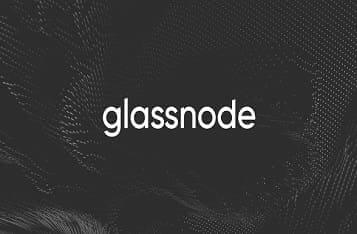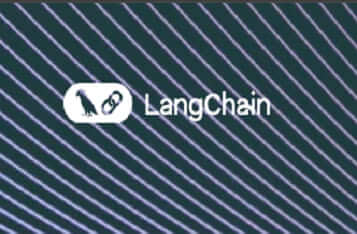NVIDIA Advances Vision AI with Metropolis Microservices and Isaac Sim
As vision AI complexity increases, streamlined deployment solutions are crucial to optimizing spaces and processes. NVIDIA accelerates development, turning ideas into reality in weeks rather than months with NVIDIA Metropolis AI workflows and microservices.
Cloud-native AI Application Development and Deployment
Managing and automating infrastructure with AI is challenging, especially for large and complex spaces like supermarkets, warehouses, airports, ports, and cities. It’s not just about scaling the number of cameras, but building vision AI applications that can intelligently monitor, extract insights, and highlight anomalies across hundreds or thousands of cameras in spaces of tens or hundreds of thousands of square feet.
A microservices architecture enables scalability, flexibility, and resilience for complex multi-camera AI applications by breaking them down into smaller, self-contained units that interact through well-defined APIs. This approach enables the independent development, deployment, and scaling of each microservice, making the overall application more modular and easier to maintain.
Key components of real-time, scalable multi-camera tracking and analytics applications include the following:
- A multi-camera tracking module to aggregate local information from each camera and maintain global IDs for objects across the entire scene
- Different modules for behavior analytics and anomaly detection
- Software infrastructure like a real-time scalable message broker (for example, Kafka), database (for example, Elasticsearch)
- Standard interfaces to connect with downstream services needing on-demand metadata and video streams
- Each module must be a cloud-native microservice to enable your application to be scalable, distributed, and resilient
Metropolis microservices offer powerful, customizable, cloud-native building blocks for developing vision AI applications and solutions. They make it far easier and faster to prototype, build, test, and scale deployments from edge to cloud with enhanced resilience and security.
Simulation and Synthetic Data Generation with Isaac Sim
Training AI models for specific use cases demands diverse, labeled datasets, often costly and time-intensive to collect. Synthetic data, generated through computer simulations, offers a cost-effective alternative that reduces training time and expenses.
NVIDIA Isaac Sim integrates seamlessly into the synthetic data generation (SDG) pipeline, providing a sophisticated companion to enhance AI model training and end-to-end application design and validation. You can generate synthetic data across a wide range of applications, from robotics and industrial automation to smart cities and retail analytics.
Automated Accuracy Tuning with PipeTuner
PipeTuner is a new developer tool designed to simplify the tuning of AI pipelines.
AI services typically incorporate a wide array of parameters for inference and tracking, and finding the optimal settings to maximize accuracy for specific use cases can be challenging. Manual tuning requires deep knowledge of each pipeline module and becomes impractical with extensive, high-dimensional parameter spaces.
PipeTuner addresses these challenges by automating the process of identifying the best parameters to achieve the highest possible key performance indicators (KPIs) based on the dataset provided. By efficiently exploring the parameter space, PipeTuner simplifies the optimization process, making it accessible without requiring technical knowledge of the pipeline and its parameters.
Summary
Metropolis microservices simplify and accelerate the process of prototyping, building, testing, and scaling deployments from edge to cloud, offering improved resilience and security. The microservices are flexible, easy to configure with zero coding, and packaged with efficient CNN and transformer-based models to fit your requirements. Deploy entire end-to-end workflows with a few clicks to the public cloud or in production.
You can create powerful, real-time multi-camera AI solutions with ease using NVIDIA Isaac Sim, NVIDIA TAO Toolkit, PipeTuner, and NVIDIA Metropolis microservices. This comprehensive platform empowers your business to unlock valuable insights and optimize your spaces and processes across a wide range of industries.





